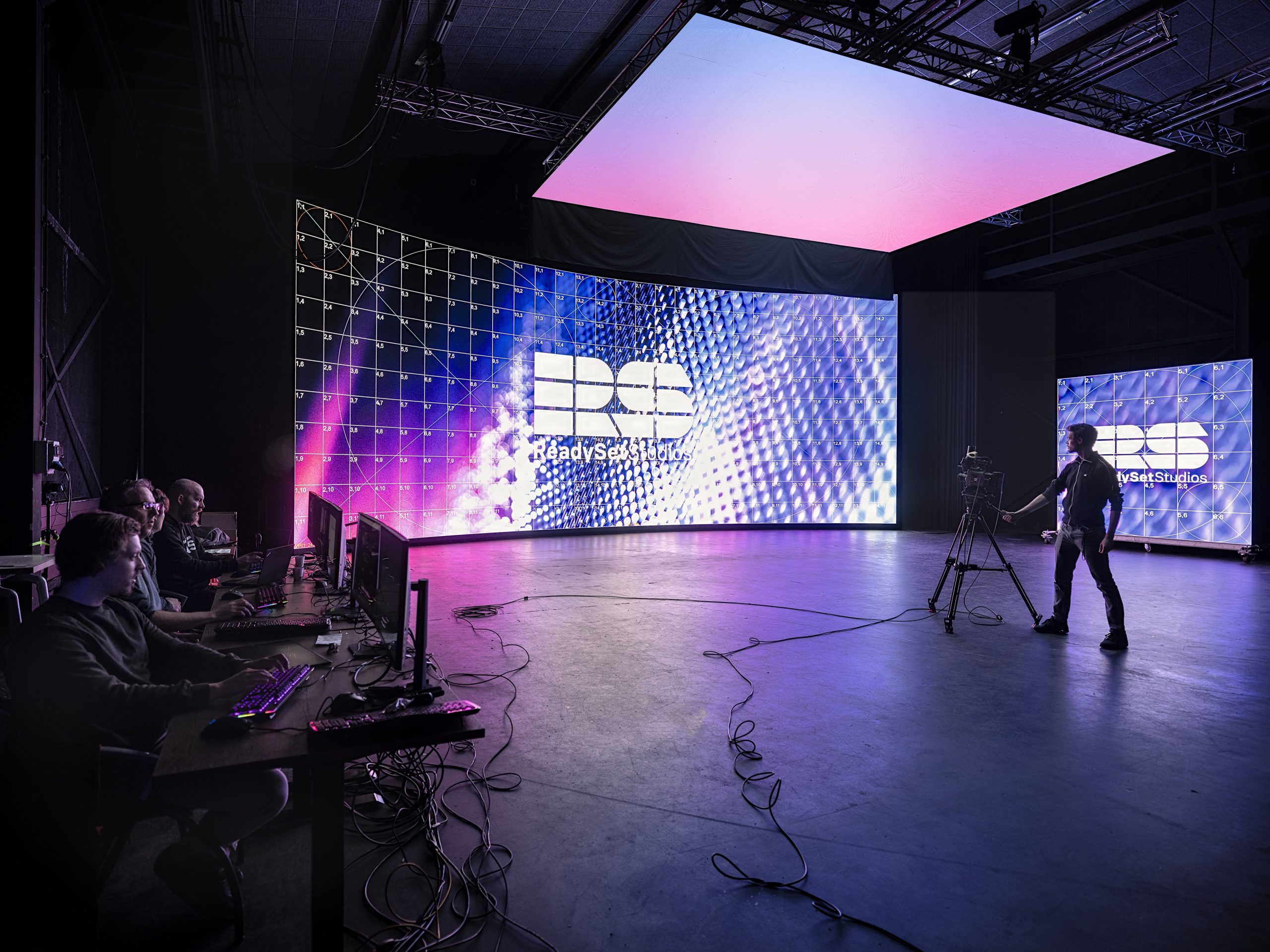Exploring How Definition Influences the Performance and Aesthetic Quality of LED Screens in Modern Exhibition Techniques
Exploring How Definition Influences the Performance and Aesthetic Quality of LED Screens in Modern Exhibition Techniques
Blog Article
LED walls are growing increasingly common in different environments, from concerts and athletic competitions to business presentations and art installations. One of the most crucial factors that influence the performance and image clarity of these screens is resolution. Resolution refers to the number of picture elements that compose the image on the screen. Higher resolution indicates additional picture elements, which can lead to clearer and crisper visuals. Grasping how image clarity affects LED walls can help operators make informed choices about their display requirements.
When talking about resolution, it is essential to take into account picture spacing, which is the gap between the midpoint of one pixel to the midpoint of the following pixel. A reduced picture spacing yields a greater image clarity, allowing for additional clarity in the images displayed. For instance, an LED wall with a picture spacing of 1.5mm will offer a sharper image than one with a pixel pitch of 3mm. This is particularly crucial in settings where audiences are near to the screen, such as in a small location or a exhibition show booth. In these cases, a higher resolution can greatly improve the observing quality.
Another aspect of resolution is its effect on hue precision and luminosity. LED screens with higher resolutions often have better color reproduction, meaning that the colors shown are increasingly lively and true to life. This is crucial for uses like advertising, where the objective is to capture interest and convey a message effectively. Additionally, greater image clarity screens can preserve luminosity levels even when seen from different angles. This is crucial in big venues where audiences may be positioned at different ranges and angles from the screen.
The functionality of LED walls is also influenced by image clarity in terms of refresh rates and response times. A greater image clarity screen can support quicker update frequencies, which is crucial for fast-moving material such as films and motion graphics. This indicates that the visuals on the screen will appear smoother and more fluid, enhancing the overall observing quality. In comparison, reduced image clarity screens may have difficulty with dynamic material, leading to blurriness or lag. Therefore, for events that rely on high-energy visuals, choosing a display with a suitable resolution is critical.
In summary, image clarity plays a crucial role in defining the functionality and image clarity of led wall rental for customer appreciation events LED walls. Elements such as pixel spacing, hue precision, luminosity, refresh rates, and response durations all affect how efficiently a screen can convey information and engage viewers. As technology continues to progress, grasping these factors will help users select the right LED wall for their specific needs, ensuring that they obtain the optimal potential outcomes in their displays and events.